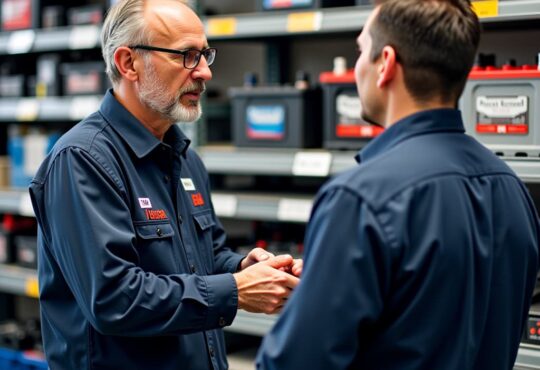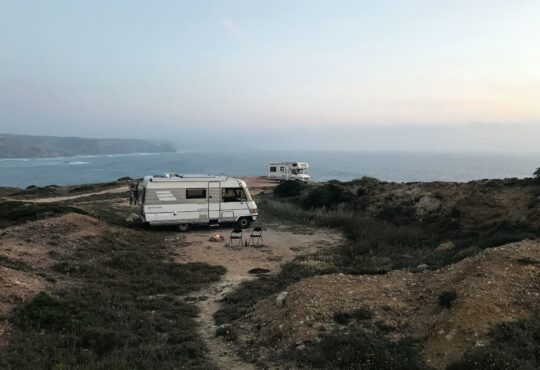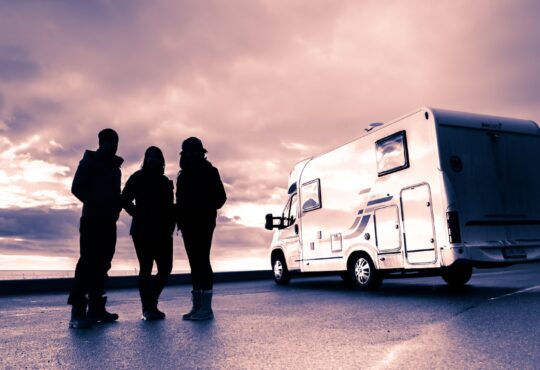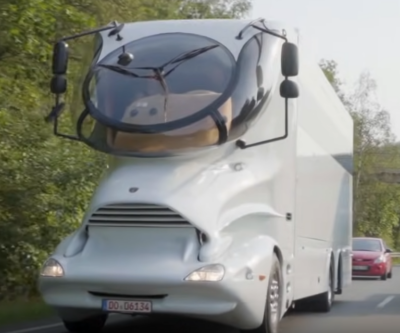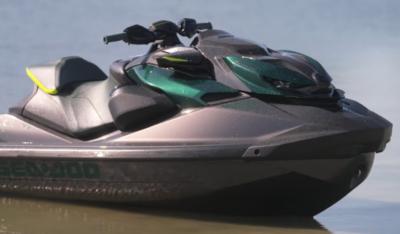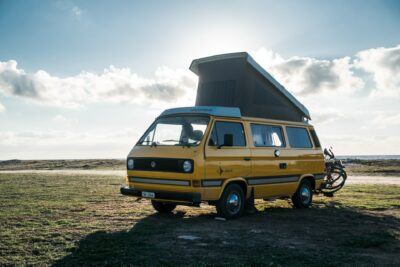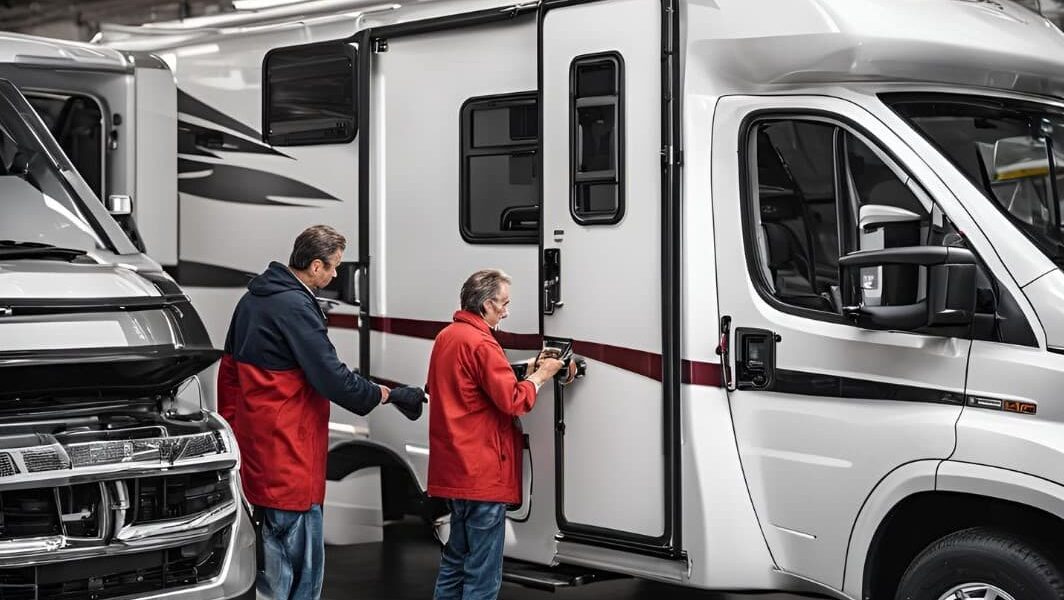
Powering Your Motorhome: A Comprehensive Guide to Choosing and Maintaining Batteries
As a motorhome owner, having a reliable and efficient power source is crucial for enjoying the freedom and comfort of life on the road. Your motorhome’s batteries are the heart of its electrical system, providing the energy needed to run lights, appliances, and electronics while boondocking or dry camping. This guide will explore the different types of batteries commonly used in motorhomes, their characteristics, and factors to consider when choosing the best option for your specific needs.
The Importance of Motorhome Batteries
Often called “domestic” or “auxiliary,” they are responsible for powering everything from your interior lights and water pump to your refrigerator and entertainment system when you’re not connected to shore power or running a generator. Without a reliable and properly sized battery bank, you may find yourself unable to enjoy the comforts of home while on the road.
Types of Motorhome Batteries
- Flooded Lead-Acid Batteries
- Pros: Inexpensive upfront cost, widely available, easy to replace
- Cons: Shorter lifespan, require regular maintenance, potential for acid leaks, heavy and bulky
- Absorbed Glass Mat (AGM) Batteries
- Pros: Maintenance-free, spill-proof, can be mounted in any orientation, resistant to vibration and shock
- Cons: More expensive than flooded lead-acid, require specialized charging systems, limited deep discharge ability
- Gel Cell Batteries
- Pros: Maintenance-free, spill-proof, can be mounted in any orientation, resistant to vibration and shock
- Cons: More expensive than flooded lead-acid, require specialized charging systems, sensitive to overcharging
- Lithium-Ion Batteries
- Pros: Lightweight, compact, long lifespan (up to 10 years or more), deep discharge capability, high energy density, faster charging
- Cons: Significantly higher upfront cost, require specialized charging and monitoring systems
Choosing the Right Battery Type
Consider the following factors when selecting batteries for your motorhome:
- Power needs
- Budget
- Usage patterns
- Maintenance preferences
- Weight considerations
- Cold weather performance
Battery Capacity and Sizing
To calculate your required battery capacity:
- List all appliances and devices you plan to run simultaneously with their wattage ratings.
- Add up the total wattage.
- Divide the total wattage by the battery voltage (typically 12V) to get the total amp draw.
- Multiply the total amp draw by the number of hours you plan to run these devices without recharging.
- Add a 20-30% safety factor to account for battery aging and inefficiencies.
Common battery capacities for motorhomes range from 100 to 400 Ah, depending on the RV size and power needs.
Battery Bank Configuration
Motorhome batteries can be wired in parallel (for increased capacity) or in series (for increased voltage). Most motorhome applications use parallel wiring to increase overall amp-hour capacity. Use batteries of the same type, age, and capacity when wiring in parallel to ensure balanced charging and discharging.
Charging and Maintaining Your Batteries
Proper charging and maintenance are crucial for battery longevity and performance:
- Follow manufacturer recommendations for charging rates and times.
- Use a smart charging system to optimize charging and extend battery life.
- For lead-acid batteries, check electrolyte levels periodically and replenish with distilled water as needed.
- Clean battery terminals and check for corrosion regularly.
Alternator Charging
While driving, your motorhome’s alternator can charge the house batteries. Consider installing a battery isolator or DC-DC charger to ensure efficient charging and prevent draining the starting battery.
Battery Monitoring and Management Systems
Invest in a battery monitoring system to track:
- State of charge
- Voltage
- Temperature
- Charging and discharging rates
Popular battery monitors include the Victron BMV series and the Xantrex LinkPRO.
Supplemental Power Sources
Consider supplementing your battery bank with:
- Generators: Provide reliable AC power for high-wattage appliances and battery charging.
- Solar Panels: Harness solar energy to recharge batteries during the day, reducing reliance on generators or shore power.
Lithium Battery Brands for RVs
Popular lithium battery brands designed for RV use include:
- Battle Born Batteries
- Renogy Lithium Iron Phosphate Batteries
- Victron Energy Lithium Batteries
Cost Comparison
| Battery Type | Initial Cost | Lifespan | Long-Term Cost |
| Flooded Lead-Acid | Low | 3-5 years | Moderate |
| AGM | Moderate | 4-7 years | Moderate |
| Lithium-Ion | High | 8-10+ years | Low |
Environmental Impact and Recycling
Consider the environmental impact of different battery types:
- Lead-acid batteries are highly recyclable but contain toxic materials.
- Lithium batteries have a lower environmental impact during use but can be more challenging to recycle.
Always dispose of old batteries through proper recycling channels.
Battery Warranty
Typical warranty periods for RV batteries:
- Lead-acid batteries: 1-3 years
- AGM batteries: 3-5 years
- Lithium batteries: 5-10 years
Check warranty terms for coverage details, including cycle life and depth of discharge limitations.
Inverter Compatibility
Ensure your chosen batteries are compatible with your motorhome’s inverter system. Some inverters may require specific battery types or configurations for optimal performance.
Cold Weather Performance
Battery performance can decrease significantly in cold weather:
- Lead-acid batteries may lose up to 50% capacity at freezing temperatures.
- Lithium batteries perform better in cold, but may require a heating system for charging below freezing.
Safety Considerations
Prioritize safety when working with batteries:
- Ensure proper ventilation in the battery compartment.
- Wear protective equipment when handling batteries.
- Regularly inspect and clean battery connections.
- Follow proper charging procedures to avoid overcharging.
- Dispose of old batteries through appropriate recycling channels.
By considering these factors and following best practices for battery selection, installation, and maintenance, you can ensure a reliable power source for all your motorhome adventures.
